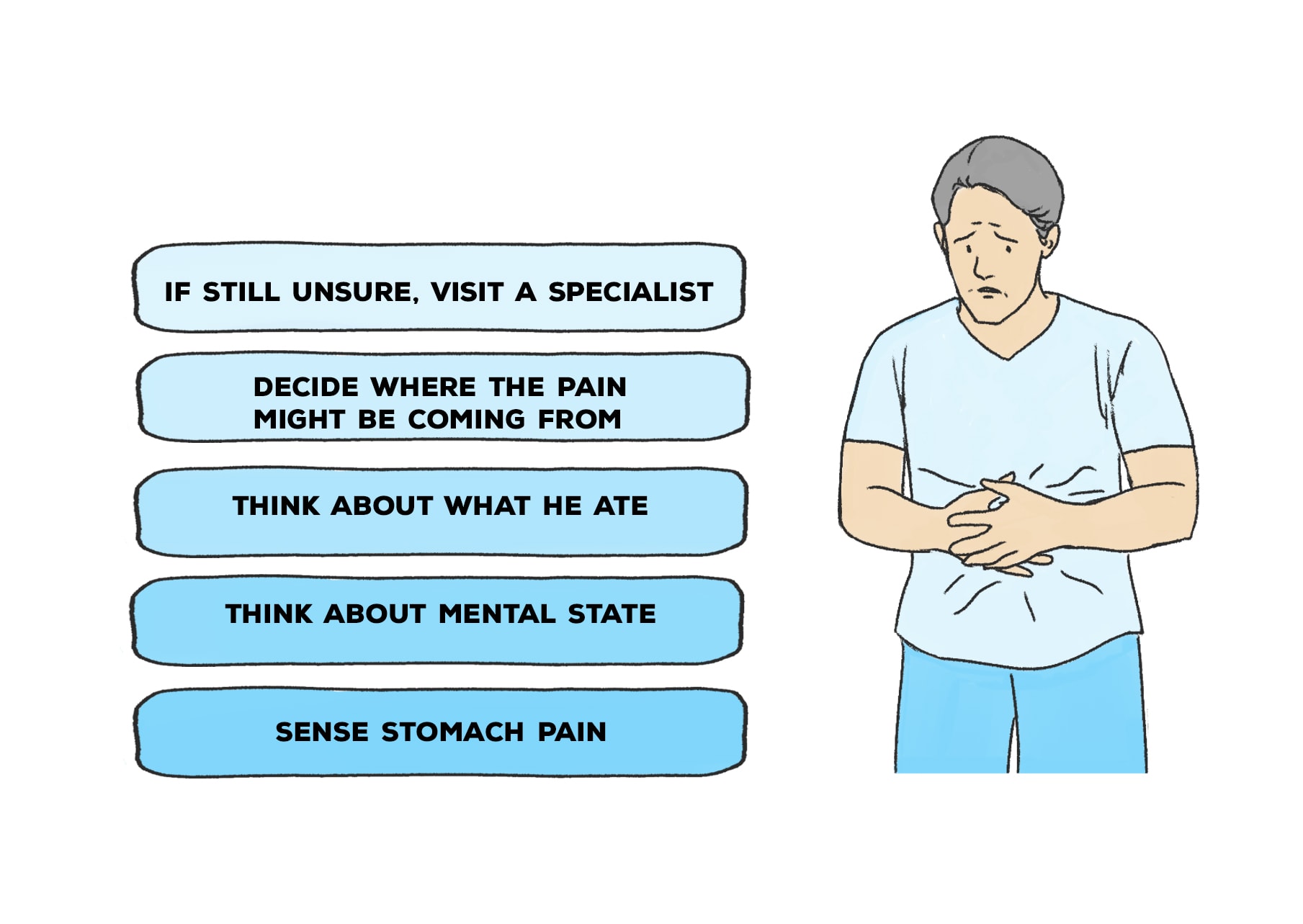Bottom-up Processing is a kind of information processing that involves stimuli are understood or interpreted starting with the smallest aspects before moving on to more complicated concepts. This is in contrast to top-down processing, where you form an overall impression before looking for evidence that supports the idea. When we look at a street, an urban area can give the impression that it’s chaotic noisy and packed. They may look for indications to prove this like people rushing past crowds or traffic noise emanating from nearby vehicles.

Bottom-up processing is more data-driven, analytical and is extensively researched regarding cognitive processes such as perception and memory. But it can also play an important part in other fields that require decision-making, for example and creative pursuits like art or design. Bottom-up processing, when utilized wisely and effectively can assist in solving issues and offer greater insight into complex situations. Bottom-up processing, despite having received a bad rap in academic circles, is extremely valuable for understanding the world that surrounds us and the inner workings of our bodies.
The intricate brain lies the brain’s heart. It is the source of our thoughts actions, decisions, and thoughts. The brain’s processes this complex organ play a crucial role in everything from our brain’s memory and intelligence to our mood and behavior. One of the most important mechanisms that has been found to influence the way the brain functions is referred to as bottom-up processing. This is the process by which information is processed starting at the level of individual neurons, or nerve cells, through interconnected neural pathways that eventually affect higher cognitive processes like awareness and focus. The research has proven that this process could have significant effects on various phenomena such as memory and learning. It could also be utilized to treat diseases such as Alzheimer’s disease and schizophrenia. It is possible to unravel some of these mysteries by understanding brain’s functions from the bottom. This will allow us to develop powerful new tools for neuroscience and healthcare.
Bottom-up processing is the way our brain process information. In contrast to top-down processing, that is focused on integrating prior information and beliefs into the learning process the bottom-up process relies on the input of fresh and unstructured data. Bottom-up processing is a wonderful method of learning for all levels of learners by focusing on the specific aspects of the learning process. This covers vocabulary and the basic sounds along with more complicated concepts and ideas.
Bottom-up processing comes with a distinct advantage: it permits us to take a step back and concentrate on each detail of information that we come across. This allows us to keep our attention on what we are learning, making us more motivated to discover new ideas, refine existing ones, or even identify mistakes or areas that could be improved. To help us better understand the content, we should additionally highlight how the concepts are linked through networks and logical chains. By using bottom-up processing we can improve our learning and more effective communicators.
For more information, click Practicalpie